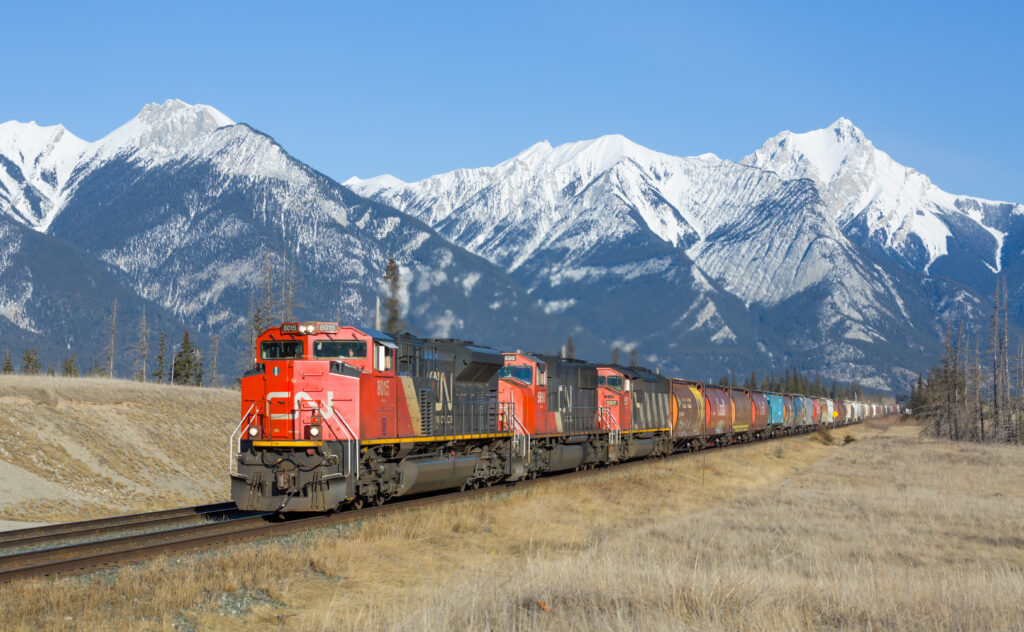Admittedly, I don’t think often about the rail industry – passenger or freight – until recently. It has mostly resided on the periphery of public policy discourse when viewed through a free market lens. Out of sight, out of mind.
Yet, I suppose, that’s because it is a sector that operates efficiently in the background of all our lives. So, when we do think about it, or perhaps ponder it beyond noticing a train laden with shiny new cars, or chemicals for cleaning products, or coal for electricity generation, it’s likely because it has been thrust front and center through the news or by our elected officials. And in most cases, it’s likely because something has gone catastrophically wrong.
In public policy debates, reform is manifested as a reaction to events and a clamoring for elected officials to “do something.” As a professional engaged in this space, I can guarantee that the demand to “do something” seldom hits the mark and more often than not is more of a Christmas tree weighed down with proposals wholly unrelated to the initial event needing something done to be avoided in the future.
So, it is with America’s freight rail sector in the wake of a spate of high-profile derailments.
Congress and state legislators seeking to “do something” are using these events as catalysts to push their Christmas tree onto a sector that, to date, seemingly does a good job of regulating itself and innovating on its own without the meddling of fame-seeking partisans or the overzealous machinations of bureaucrats.
As with doctors who are commanded by oath to do no harm, so it is with my admonition to lawmakers. As with health care and science, any reform should be data and industry driven so long as error and consequence are minimized or eliminated. The reality is doing harm can adversely affect downstream sectors and consumers.
Per the Association of American Railroads, consider:
- There are more than 134,000 workers directly employed by the rail industry
- Per freight rail employee, the average pay and benefits package exceeds $134,000 annually
- There are nearly 500,000 people with freight rail retirement benefits
- Railroads are the most fuel-efficient way to move freight over land. It would have taken approximately 83.2 million additional trucks to handle the 1.5 billion tons of freight transported by rail in the United States in 2021.
- In a typical year, U.S. freight railroads move around 1.6 billion tons across nearly 140,000 miles of track
Currently, the industry is under pressure to acquiesce to union demands for increased crew staffing despite none of the recent derailments being caused by a lack of personnel onboard. If a union is asking for a sop, it’s usually the industry that is hamstrung and consumers who get gouged.
Additionally – and this may be the most important point to make – by reducing the amount of chemicals transported by rail, the effect will be that hazardous chemicals will be transported by trucks on crowded highways moving through denser populations. Setting aside the wear on the already-aging and stressed American interstate system, this results in lower per mile fuel and cost efficiency.
This isn’t an industry that can absorb reflexive tendencies of regulators and politicians. Moves in Congress and in state capitols will undoubtedly produce unintended consequences, impacting – ultimately – consumers. Consumers who use electricity, build homes, purchase vehicles, and clean their houses.
While Americans grapple with stubborn inflation brought on by overspending and the bottlenecking of energy production, consumers and voters need to be aware that freight rail isn’t the boogeyman.
Photo by David Gubler. Creative Commons Attribution-Share Alike 4.0.





